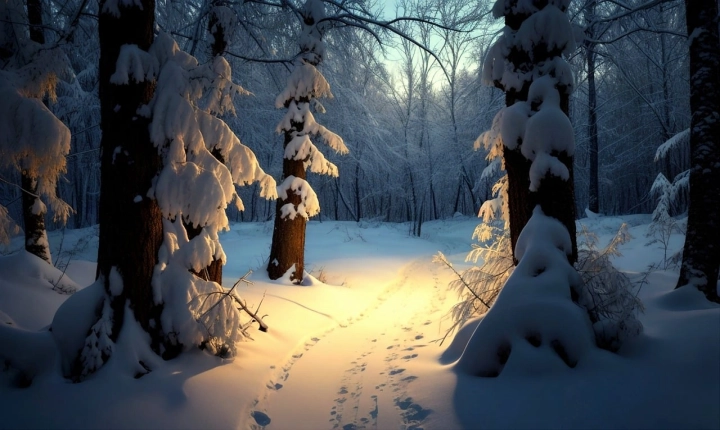Artificial intelligence has made significant advancements in recent years, particularly in the field of image generation. With the rise of AI-generated images, it has become increasingly difficult to distinguish between real photographs and those created by algorithms. As a result, the need to verify the authenticity of images has also become a pressing concern.
So, how can one identify if a picture is AI-generated? While it may not be foolproof, here are some key indicators to consider:
1. Uncanny Realism: One of the most striking features of AI-generated images is their uncanny realism. The level of detail and accuracy in these images can be so high that they appear indistinguishable from real photographs. Look for subtle imperfections or anomalies that may not be present in natural photographs, as these could be indicative of AI-generated content.
2. Unusual Subjects or Scenarios: AI is capable of creating images that depict surreal or unlikely scenarios, as well as imaginary creatures and landscapes. If a picture showcases a highly improbable scene, it may raise suspicions about its authenticity. Pay attention to the context and content of the image, and consider whether it aligns with reality.
3. Metadata Analysis: Examining the metadata of an image can provide valuable insights into its origins. This includes details such as the date and time the image was created, as well as the software or device used to generate it. While this information can be manipulated, inconsistencies or irregularities in the metadata may suggest AI involvement.
4. Reverse Image Search: Conducting a reverse image search using tools like Google Images or TinEye can help determine if an image has been widely circulated on the internet. AI-generated images are often less widespread compared to genuine photographs, so if an image yields limited or no results from a reverse search, it could be an indication of its AI-generated nature.
5. Artistic Styles and Techniques: AI algorithms are trained on vast databases of existing images, leading them to mimic certain artistic styles or techniques. Familiarize yourself with the characteristics of different art styles and pay attention to any deviations or inconsistencies that might suggest AI involvement.
6. Authentication Tools: In response to the proliferation of AI-generated content, several software and platforms have emerged to authenticate images. These tools utilize various techniques, such as analyzing pixel patterns and identifying algorithmic fingerprints, to determine the authenticity of images.
As AI technology continues to evolve, so too will the methods used to generate and detect AI-generated images. It’s important to approach the verification of images with a critical mindset, taking into account the context, content, and potential indicators of AI involvement.
In conclusion, while identifying AI-generated images can be challenging, a combination of visual inspection, metadata analysis, and the use of specialized tools can aid in determining the authenticity of a given image. As AI continues to push the boundaries of creativity and innovation, the ability to discern between real and AI-generated content will become increasingly important in various fields, including journalism, law enforcement, and digital forensics.
